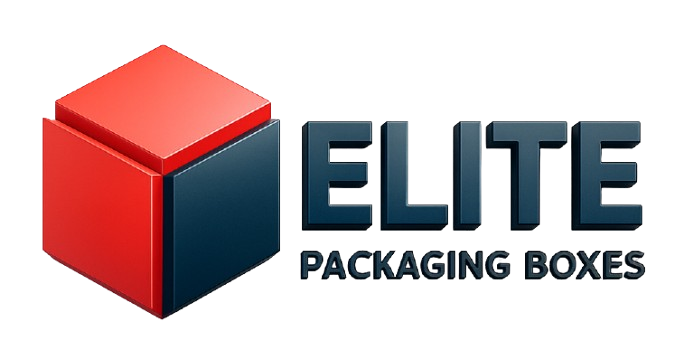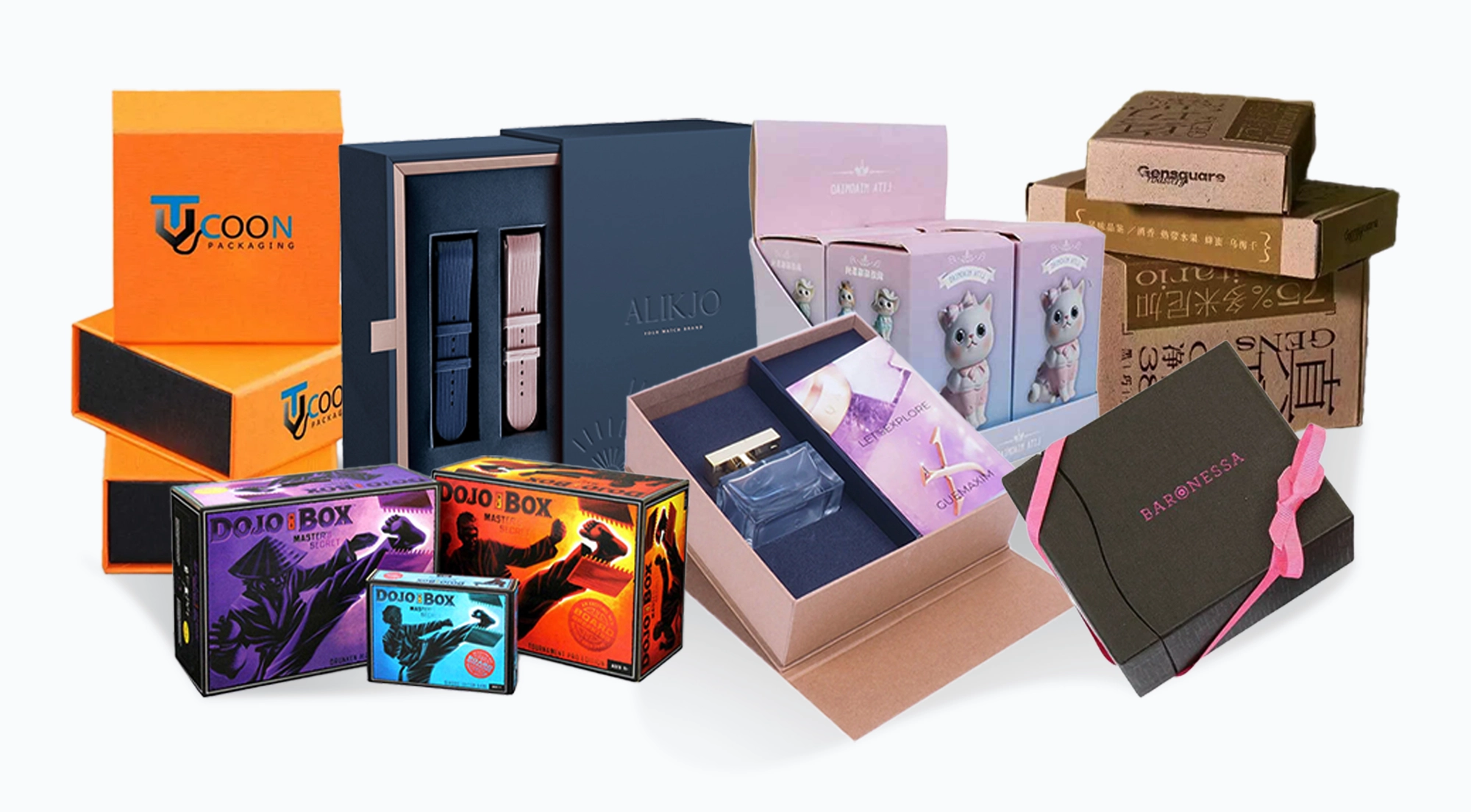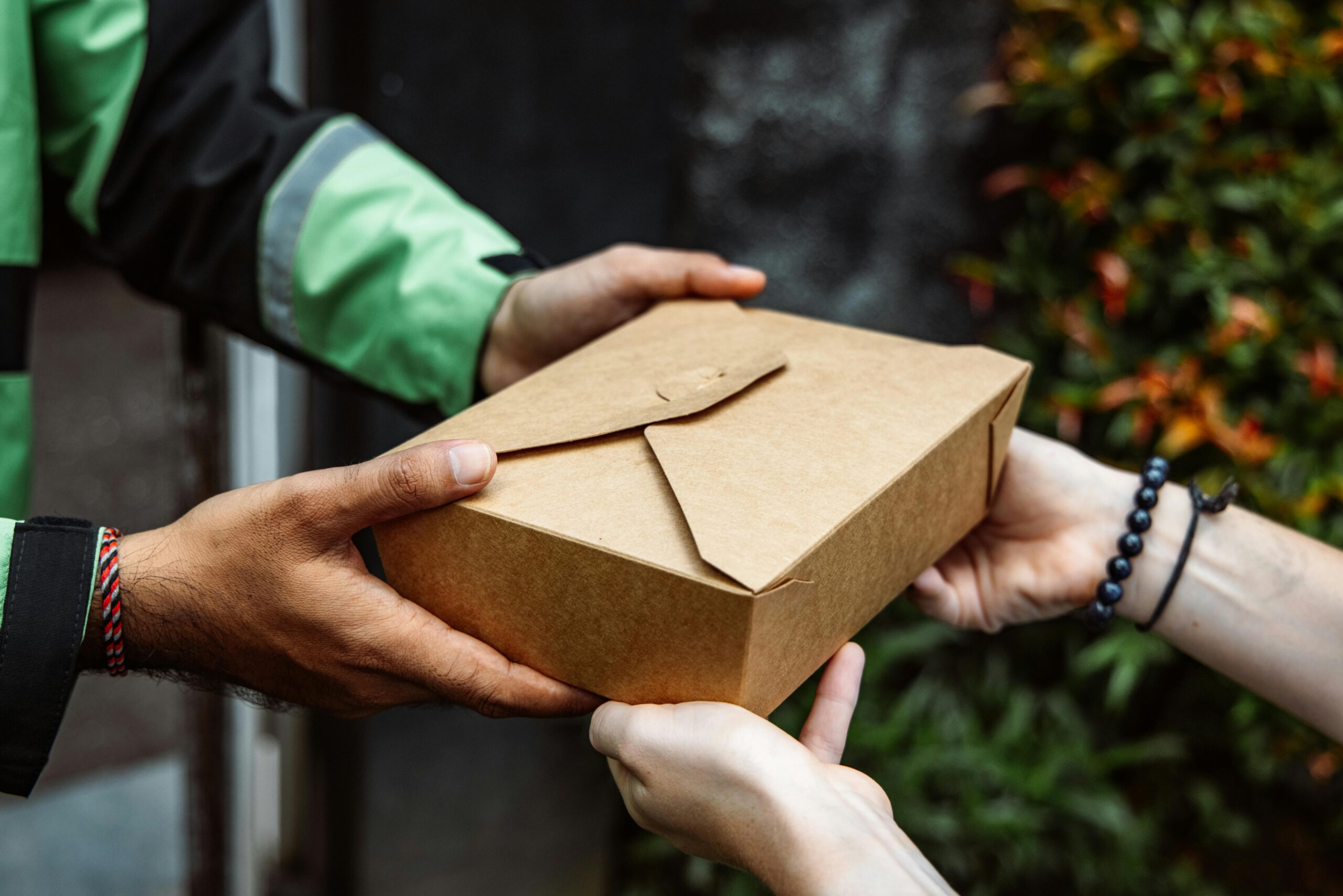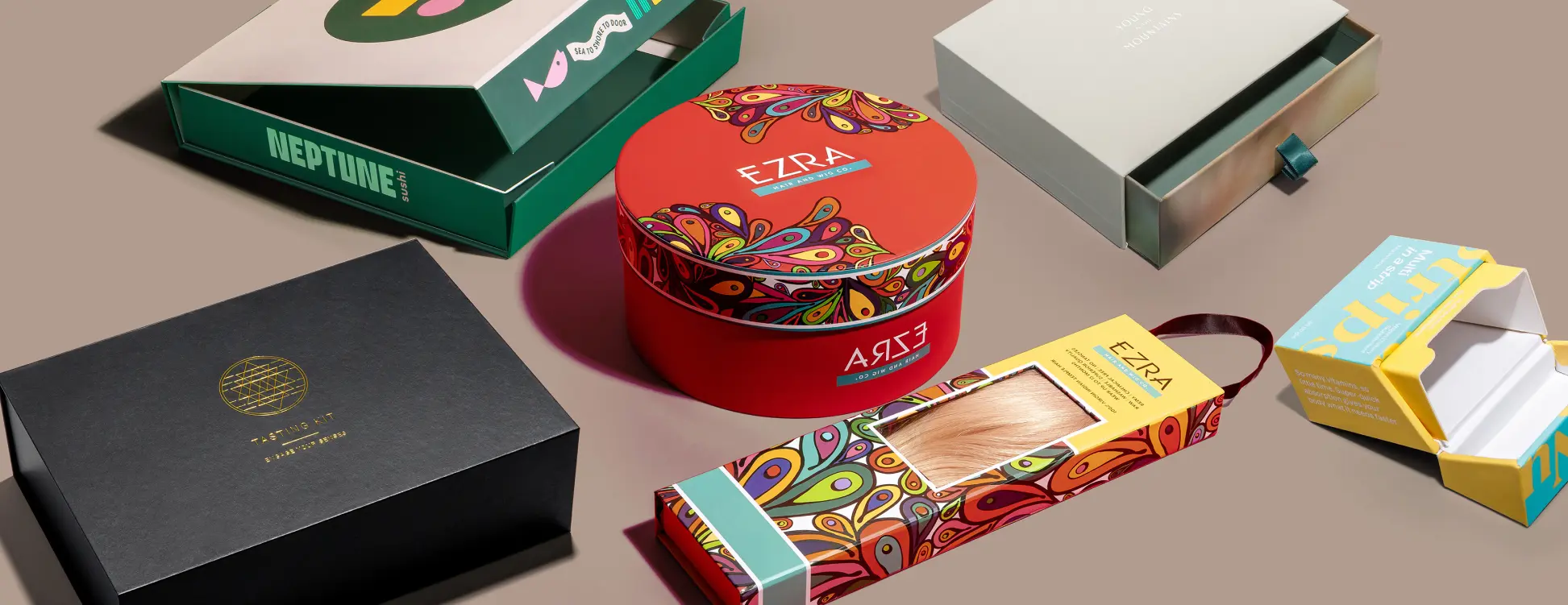The Ultimate Guide to Custom Box Packaging: Everything You Need to Know
Introduction
In today’s competitive market, custom box packaging isn’t just a way to protect your product—it’s a powerful branding tool. Whether you’re a small business owner, an eCommerce brand, or a manufacturer, how your product is packaged can leave a lasting impression. This guide will walk you through everything you need to know about custom box packaging—from materials and styles to branding benefits and design tips.
What is Custom Box Packaging?
Custom box packaging refers to tailor-made boxes designed specifically to fit a product, brand identity, or customer experience. Unlike standard off-the-shelf boxes, custom packaging is personalized in terms of size, color, design, finish, and print.
Why Custom Packaging Matters
-
Brand Identity: First impressions count. Unique packaging boosts brand recognition and creates memorable unboxing experiences.
-
Product Protection: Fit-to-size boxes reduce movement during shipping, protecting your items.
-
Eco-Conscious Appeal: Custom boxes can be made from recyclable and biodegradable materials, aligning with sustainability goals.
-
Marketing Opportunity: Printed boxes act as free advertising during shipping and storage
Popular Types of Custom Packaging Boxes
-
Mailer Boxes
Ideal for eCommerce. Sturdy, easy to assemble, and perfect for branding. -
Folding Cartons
Lightweight and affordable for retail items like cosmetics, candles, and snacks. -
Rigid Boxes
Luxurious and sturdy—often used for premium products like electronics or jewelry. -
Corrugated Shipping Boxes
Durable and used for heavy-duty shipping. Customizable and recyclable.
Design Tips for Eye-Catching Custom Boxes
-
Keep It On-Brand: Use your brand colors, logo, and typography consistently.
-
Minimalism Wins: Clean, simple designs often stand out more than cluttered visuals.
-
Think Inside the Box: Include inside prints, thank-you notes, or surprise messages.
-
Go Eco-Friendly: Use recyclable materials and mention it on the box—customers notice.
Cost Factors to Consider
-
Order Quantity: Higher volumes generally reduce per-unit costs.
-
Material Choice: Kraft paper, corrugated cardboard, and rigid boards vary in price.
-
Customization Level: Complex prints and premium finishes may increase cost.
-
Shipping & Storage: Lightweight, flat-packed designs save money.
How to Get Started with Custom Packaging
-
Define Your Packaging Goals (Branding, protection, sustainability, etc.)
-
Choose a Reliable Packaging Supplier
-
Request Samples and Mockups
-
Test for Fit and Durability
-
Order in Bulk for Better Rates
Conclusion
Custom box packaging is more than just a trend—it’s a necessity for brands that care about presentation, protection, and perception. From unboxing experiences to eco-conscious designs, the right packaging can elevate your brand in the eyes of your customers. Start small, test what works, and watch how impactful packaging can transform your business.




